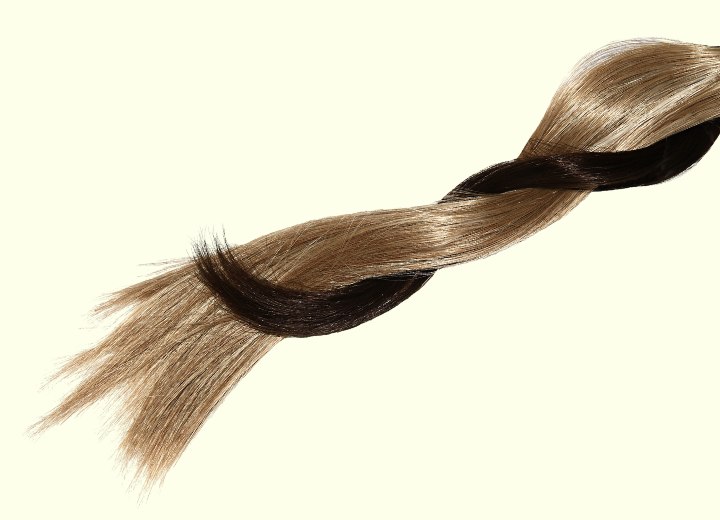Cold Fusion Hair Extensions

A: The buzz about cold fusion hair extensions comes because the processes use a keratin-based polymer or other methods to attach the extension hair to the natural hair and uses no heat. This differs from the original fusion extension method, which used a tool that heated the adhesive and created the bond that held the extension to the hair.
Air pressure cold fusion generally refers to a fast fusion system whose equipment allows for multi-strand bonding as well as single-strand bonding that is equally gentle and undetectable.
The laser beamer system is another multi-strand attachment system that allows up to eight strands to be attached at once. This allows more hair to be applied at once, it speeds up the thickening process and can allow a stylist/technician to feel more productive and gives the client the full, thick hair she has long desired.
The Remylinks method uses small wefts attached to a tiny "Link and Lock" device through which a few strands of natural hair are pulled, then the "bonded shell" is crimped with a tool and secured in place.
Because the cold process uses no heat, extensions can be applied much more closely to the scalp and can provide a very natural look. The applications generally last from 4 to 6 months.
©Hairfinder.com
See also:
Hair extensions
Getting hair extensions
What are the best hair extensions to get?
How long has hair to be for a person to have extensions put in it?
